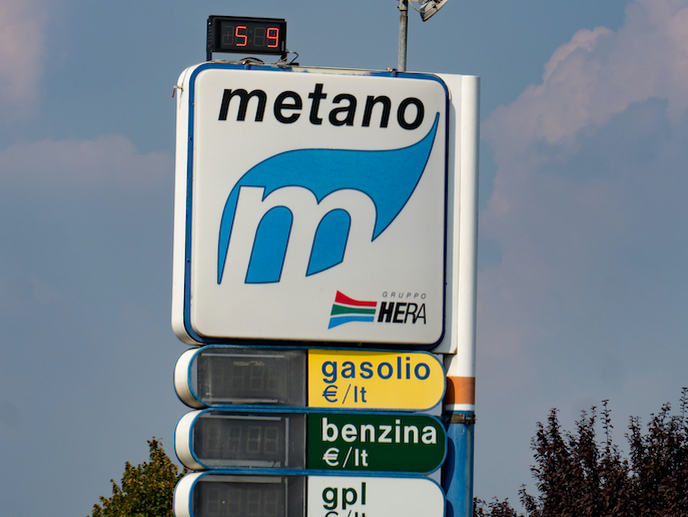Integrating CO2 capture with CO2 methanation for superior biogas
Breaking down organic waste such as sewage and landfill, collectively known as biomass, produces biogas. The process, which takes place in environments with no oxygen as anaerobic digestion, produces biogas which is principally a mixture of carbon dioxide (CO2) and methane. Once combusted, or converted, biogas offers a more sustainable source of energy and chemicals than fossil fuels. Extensive efforts have been dedicated to separating CO2 from biogas to produce enriched biomethane, which can be used as a transport fuel and as building blocks for other chemicals. The EU-funded NTPleasure project, undertaken with the support of the Marie Skłodowska-Curie programme, has developed a novel ultra-thin zeolite(opens in new window) membrane which effectively separates and captures CO2. They have also created a series of highly active and selective catalysts, to convert CO2 to methane under low-temperature plasma conditions. Both led to an integrated membrane separator and plasma reactor system capable of superior carbon capture and utilisation. “Our system has the potential to both efficiently upgrade biogas for value-added products such as methane and methanol, as well as separate and upgrade CO2 in the flue gas for further applications,” says Xiaolei Fan, co-principal investigator of the project, based at the University of Manchester(opens in new window), in the United Kingdom.
Combining solution for CO2 conversion
Metal organic frameworks (MOFs) are a class of hybrid (organic/metal) porous materials which are highly versatile for gas adsorption/separation and catalysis. While MOFs can be excellent catalysts for CO2 conversion, in conventional thermal systems the harsh conditions may destroy them. NTPleasure’s integrated innovation sustained MOF’s catalysis for CO2 methanation for nearly 70 hours under normal temperature and pressure (NTP) conditions. The project's solution combined two technologies: membrane separation and plasma-activated catalytic conversion of CO2. Ultra-thin zeolite membranes selectively separated the molecules of the decomposition gas phase, to capture CO2. Next, this separated CO2 was directed to an NTP catalytic reactor, to undergo catalytic methanation over different catalysts, such as nickel supported on zeolites and MOFs. A high-voltage discharge generated what is called a ‘non-thermal plasma’ – a highly conductive gaseous substance. This electrical discharge excites the CO2 and hydrogen molecules in the gas phase causing them to break their bonds and so interact readily with the catalyst surface. After testing, the team found that their optimised hybrid system successfully achieved a carbon capture efficiency of around 91.8 %, with a carbon utilisation efficiency of around 71.7 %. Additionally, the integrated process also worked for carbon capture utilisation, with a stable performance over a 40-hour longevity test. “This integrated design, combining CO2 capture with CO2 methanation at ambient temperature, shows potential for the further industrial-scale exploitation of high-value biogas,” notes Chris Hardacre, co-principal investigator of the project.
For economic prosperity and the environment
For the European Union’s more than 17 000 biogas plants(opens in new window), NTPleasure’s technology provides an opportunity to enhance the quality of the biogas generated, increasing its viability as a feedstock and reducing reliance on fossil fuels. Now that the project has provided a proof of principle for the technology, the team are seeking fresh funding to further develop its potential. “NTPleasure expanded our knowledge about MOF materials and how they interact with plasmas. This opens up a whole new area of research which could allow these materials to be used for a wide range of applications such as water-gas shift reaction(opens in new window), methane dry reforming with CO2 for syngas(opens in new window) and catalytic nitrogen oxide reductions,” explains Fan.







